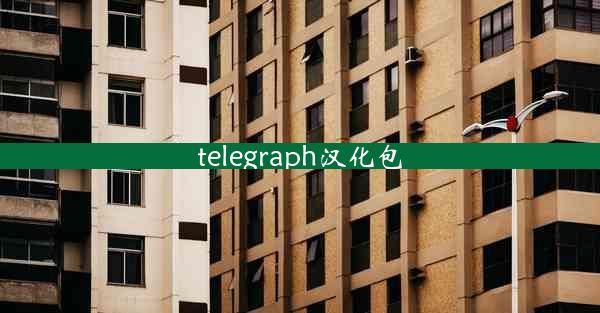
Introduction to Telegreat Paper Airplane
The Telegreat Paper Airplane is a unique and innovative design that has captured the attention of paper airplane enthusiasts around the world. This article aims to explore the features, construction, and flying techniques of the Telegreat Paper Airplane, providing readers with a comprehensive guide to this fascinating craft.
Design and Features
The Telegreat Paper Airplane is distinguished by its sleek and aerodynamic design. It features a streamlined body with a pointed nose and a wide wingspan, which contributes to its stability and long flight duration. One of the standout features of this paper airplane is its use of lightweight materials, ensuring that it can carry a small payload or even a small message.
Materials Needed
To construct a Telegreat Paper Airplane, you will need the following materials:
- A standard sheet of paper (preferably 8.5 x 11 inches)
- Scissors
- A ruler
- A pencil
- Optional: Glue or tape for reinforcement
Step-by-Step Construction
Here is a step-by-step guide to constructing a Telegreat Paper Airplane:
1. Begin by folding the paper in half lengthwise, then unfold it completely.
2. Fold the top corners down to the center crease, creating a triangle shape.
3. Fold the paper in half again, aligning the edges of the triangle.
4. Cut along the center crease, creating two identical halves.
5. Fold each half in half lengthwise, creating a smaller triangle.
6. Cut small notches along the edges of the wings, as shown in the diagram.
7. Fold the wings up and glue or tape them to the body of the airplane.
8. Optional: Reinforce the wings and body with additional glue or tape for added durability.
Flying Techniques
Once your Telegreat Paper Airplane is constructed, it's time to learn how to fly it. Here are some tips to help you get started:
1. Hold the airplane by the tail, with the wings pointing upwards.
2. Aim the airplane slightly upwards and release it with a gentle flick of your wrist.
3. Adjust the angle of the wings as needed to maintain stability and control.
4. Experiment with different launch angles and speeds to find the optimal flying conditions.
Advanced Flying Techniques
For those looking to take their Telegreat Paper Airplane flying skills to the next level, here are some advanced techniques to try:
1. Wing Flaps: Adjust the wing flaps to control the airplane's roll and pitch.
2. Trim: Make small adjustments to the wings or body to correct for any flight imbalances.
3. Tail Feathers: Add tail feathers to the airplane for added stability and control.
4. Aerobatics: Practice performing loops, rolls, and other aerobatic maneuvers.
History and Popularity
The Telegreat Paper Airplane has gained popularity due to its simplicity, elegance, and the joy it brings to people of all ages. It has become a symbol of creativity and ingenuity, inspiring countless individuals to experiment with different designs and flying techniques. The airplane's design has been featured in various publications and online forums, further contributing to its widespread appeal.
Community and Resources
The Telegreat Paper Airplane has fostered a community of enthusiasts who share their experiences, designs, and tips. There are numerous online resources available, including websites, forums, and social media groups, where you can learn from others, share your own creations, and stay updated on the latest developments in paper airplane technology.
Conclusion
The Telegreat Paper Airplane is a testament to the power of creativity and the joy of flight. Whether you are a seasoned paper airplane enthusiast or a beginner looking for a fun and engaging activity, the Telegreat Paper Airplane offers a unique and rewarding experience. With its simple design, easy construction, and impressive flying capabilities, it is sure to become a favorite among paper airplane enthusiasts for years to come.
 TG中文电报官网
TG中文电报官网










